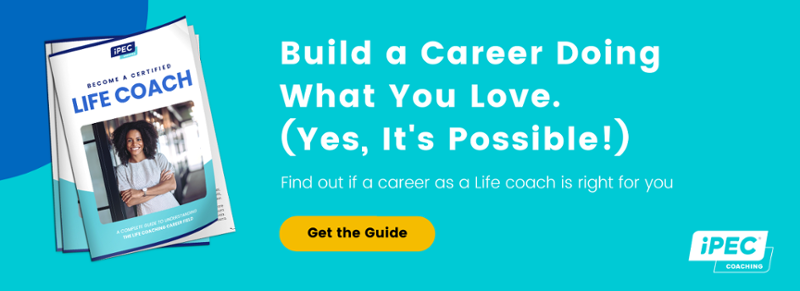We all have hot buttons—words or behaviors that immediately spur a reaction and cause us to either lash out in anger or completely shut down.
Maybe you notice this happens when a family member says something that gets under your skin, or when a friend brings up that sensitive subject yet again. In a professional context, it could also be when one of your employees shows up late to a meeting, or when your business partner criticizes one of your creative ideas. In any case, most people are constantly chasing their triggers—as in, they’re mitigating them after they’ve already reacted. Unfortunately, by this time, much of the damage has been done.
The question of how to heal our emotional triggers is a common one, and for good reason! And the good news is that it’s very possible. 🎉 The key is to use your power of awareness to manage your triggers BEFORE they get the better of you, and head off the unwanted response.
While it may not always be easy, getting some perspective on your triggers can be a pretty simple process.
8 Simple Strategies to Help You Identify, Manage, and Heal Your Emotional Triggers
1. Figure out your big three
The average person has dozens (if not more) triggers. Trying to identify them all at once can be overwhelming and counterproductive. I’ve found that most people have a few triggers that cause them the most suffering, and focusing on those is where they get the most benefit.
Try picking out your big three triggers. What’s caused the highest number and/or your most intense reactions in the past few months? You may find it helps to journal for a bit to recall the moments when you’ve really lost control. ✏️ Narrow it down to the three triggers that you find most affect your life or relationships with others.
2. Understand what comes right before a reaction
This is where you need to dig down deep. What exactly is being said to trigger your reaction? Does it matter who’s saying it?
For example, when your colleagues pick apart your ideas you may view it as constructive criticism, but when your partner does it, you react and accuse them of not supporting you.
Does it matter what time of day the trigger occurs? If you’re tired or stressed? Take to your journal again and jot down as many clues as you can for each trigger.
3. Identify your story
Triggering isn’t about what’s being said or done, it’s about the story you’re telling yourself about what it means.
When your partner criticizes your idea, figure out what you’re making it mean about yourself. Do you get upset because deep down you’re afraid they really think you’re stupid or incapable?
Remember that everything someone says or does is all about them, but what we hear and observe is all about us. Figure out what meaning you’re giving the event that’s causing you to interpret it in a way that triggers you.
4. Recognize the physical signs
We all have different physical signs that we’re about to go off, or shut down.
Does your face get flushed? Does your heart speed up? Do you feel a drop in your stomach?
Your physical signs may actually show up before you have any conscious thought of being upset, so it’s important to identify them and learn to notice and pay attention to your physical self.
5. Find an effective method to interrupt your reaction
Now that you’ve identified your big three, what causes them, and how you physically feel when they occur, it’s time to start figuring out how to interrupt them before they can manifest a reaction.
Everyone will be different when it comes to the most effective ways to push the ‘stop’ button, but I’ve found the following to be successful:
6. Take deep breaths
As soon as you feel those physical symptoms, stop thinking and start breathing. Focus on nothing more than your breath and how you feel in your physical body. Some may find that just two or three cleansing breaths are all it takes to gain clarity, while others may need a full minute or two. (Or ten—you do you!)
7. Change the atmosphere
Do something to immediately change your environment, whether that means opening a window or physically leaving the room. In the beginning, you may not even be able to articulate why you’re making the change without losing your temper, but with practice, you should be able to get to the place where you can say, “I’m about to have a reaction here, so I’m going for a quick walk.”
8. Practice thought stopping
Thoughts lead to emotions, not the other way around.
As soon as you’re triggered, you start thinking irrational thoughts (my friend doesn’t support me, my employees don’t respect my time, etc.) which leads to an emotional reaction. As soon as you feel those first physical signs, visualize a big STOP sign in your head. 🛑 This is your clue that you need to stop thinking, in that moment, before things get out of hand.
When we don’t effectively understand our triggers, they have control over us. It’s important to be mindful and notice what our triggers are and what works for us to interrupt them before they cause problems.
Ultimately, leading by example is the best way to invite others to follow suit and invest more effort in trigger management.
Curious About Becoming a Professional Coach?
Check out our in-depth guide to the field of coaching, and find out whether it might be the right career path for you!

